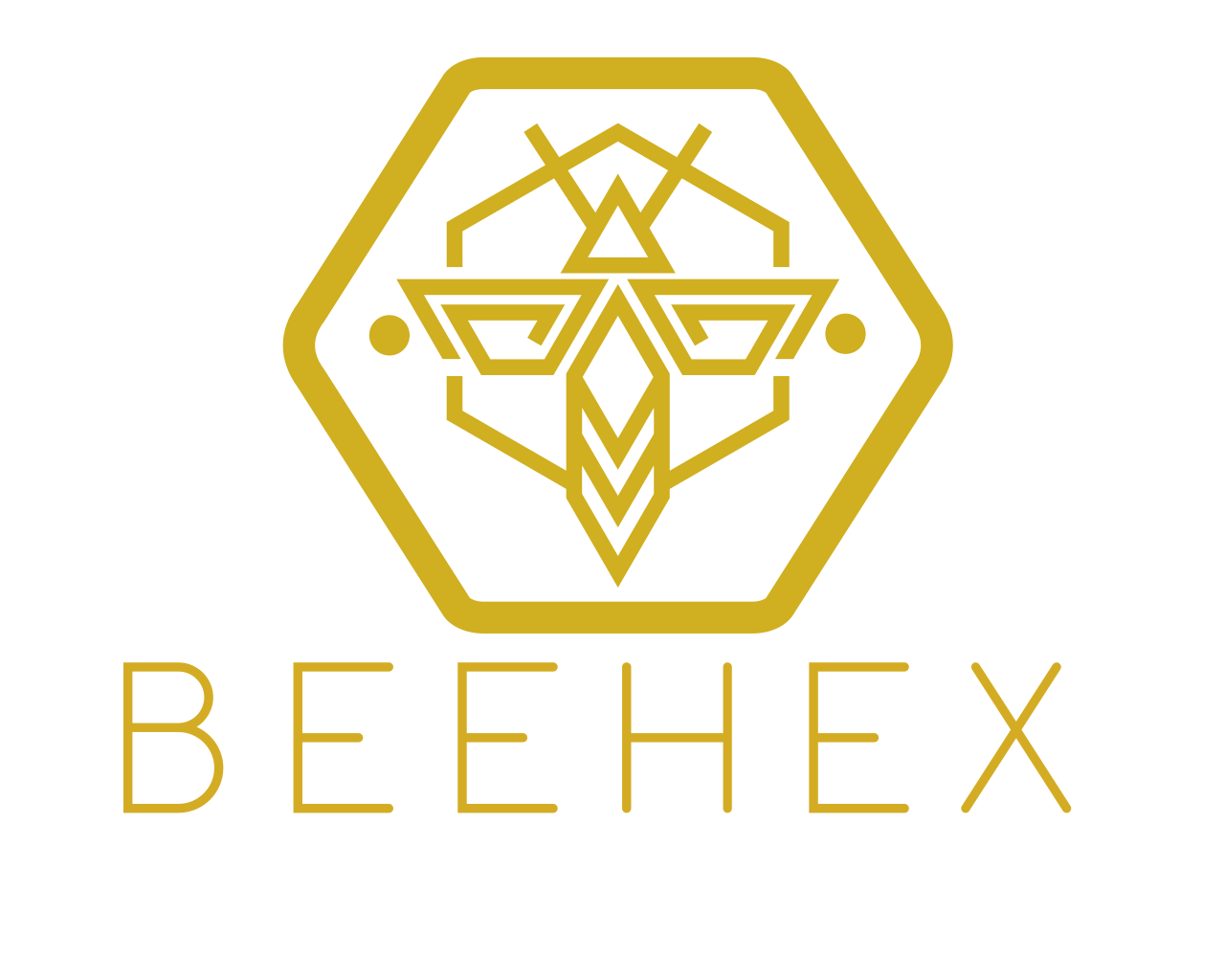
Mathematics Teacher Identity Development CPD Course
I developed this scenario-based e-learning course to translate complex PhD research into an accessible, reflective CPD experience for teacher training and development. Responding to the ongoing challenge of building confident, well-supported mathematics educators—particularly in a subject often perceived by students and parents as difficult or inaccessible—this course offers school leaders, CPD coordinators, and educators a meaningful tool to support the formation of a strong professional teacher identity in mathematics education.
Target Audience
School leaders, Mathematics educators, PGCE tutors, teacher training providers
Sector
Teacher education, reflective practice
Tools Used
Genially, Canva, AI voiceover, Notion, WOBO, Notability
The Process
The Challenge
Academic research, while rich in insight, is often locked behind paywalls, presented in dense, text-heavy formats, and largely inaccessible to time-strapped educators juggling heavy workloads. Valuable findings frequently remain within university libraries, disconnected from day-to-day classroom practice.
This project aimed to break that barrier by transforming in-depth PhD research on mathematics teacher identity into an engaging, scenario-based CPD course. The challenge was to retain the depth and nuance of the original study while making it emotionally resonant, practically relevant, and easy to access for teachers and CPD coordinators — without it feeling like another academic paper.
My Role
Led the instructional design, applying the ADDIE framework to plan, prototype, and implement the course
Curated content from original PhD research and transformed it into practical learning experiences
Served as the scenario writer and course developer, crafting interactive, reflective modules
Structured the course into four main modules with multiple sub-modules for progressive learning with 4 learning paths
Storyboarded and authored all course content to align with reflective learning objectives
Designed the rollout and go-live plan for successful implementation across training platforms
Developed a robust evaluation strategy using UXDL and UDL principles, integrated with Thinkific analytics to measure learner engagement and outcomes
Took the lead as visual and interaction designer, ensuring accessibility and engagement throughout the course
The Impact
Adopted by two teacher training programmes as a core reflective tool for mathematics teacher development
Supported over 80 early-career teachers in articulating and reflecting on their evolving professional identities
Post-course surveys indicated a 92% satisfaction rate, with participants reporting increased clarity around their teaching values and role
Analytics showed high completion rates (86%) and strong engagement with scenario-based interactions
Qualitative feedback highlighted the course’s authenticity, and applicability to real classroom challenges
Provided valuable insights for CPD coordinators to better support reflective practice in mathematics education
Part 1
〰️
Part 1 〰️
This section outlines the core stages in developing an online e-learning course to support mathematics educators in strengthening their professional identity.
1. Who – Defined the target audience using learner personas based on real data.
2. Why – Identified the business need, learning gap, and designed measurable outcomes.
3. What – Built a modular framework aligned with those outcomes.
4. How – Structured the course flow using effective, engaging learning design principles.
The Who
I developed learner personas using real, unpublished data from my PhD research and refined them through thematic analysis (Braun & Clarke, 2023). Tools like Xtensio supported the persona development process. Key themes—such as career stage, learning needs, and tech access—shaped design decisions, including self-paced delivery, multimedia engagement, and mobile-friendly, offline access to accommodate diverse educator needs.
The Why
Learning Outcomes
The learning outcomes were carefully designed to help develop Mathematics Teacher Identity (MTI). They are developed using Bloom's taxonomy, SMART criteria, and the ABCD model, moving from lower to higher thinking skills, and they tackle important issues with clear ways to measure success included in the assessment plan.
Business Need & Learning Gap
A needs analysis revealed key challenges in mathematics education—math anxiety, limited access to CPD, and the critical role of teacher identity in student outcomes. The learning gap showed that while teachers are aware of professional identity, they lack structured support to develop it. This course bridges that gap by guiding them from basic awareness to deeper reflection and application.
The What
The "what" of learning defines the key topics and structure that support learners’ professional development. I used a bottom-up approach, building on content developed during the PhD research. Learning outcomes were mapped directly to four logically structured modules, progressing from lower-order to higher-order thinking skills to ensure depth and continuity in the learning experience.
The How
Delivery Mode
A digital, asynchronous format was selected to provide flexible, self-paced learning—ideal for time-constrained educators. This approach also transforms dense academic content into interactive, engaging experiences.
Flow
The course follows a linear, structured pathway where each module builds on the previous one, supporting deeper reflection and gradual development of teacher identity.
Gagne’s Model
Gagné’s Nine Events of Instruction guided the design, ensuring each stage—from gaining attention to enhancing retention—was purposefully aligned to support effective, reflective learning.
Part 2
〰️
Part 2 〰️
This section outlines the key stages in designing and developing the multimedia e-learning course.
Step 1: Design Documents
Foundational planning materials included: Scoping Document, Wireframe, Screen Plan, Storyboard
Below are selected snapshots from the wireframe, screen plan, and storyboard.
Step 2: Develop Prototype
Using the Genially authoring tool, I built an interactive prototype to visualise and test the course experience before full development.
Wireframe
The wireframe maps the module flow, aligning key touchpoints with Gagné’s instructional model. It serves as a blueprint for structuring each module, guiding both the screen plan and storyboard to ensure a clear, strategic learning progression.
Screen plan
The screen plan uses a modular, clickable layout where learners explore three subtopics via interactive pop-ups. Each button reveals a new screen (7.1–7.3), featuring image-text pairings and flashcards to support active, self-paced exploration. This design promotes learner autonomy and engagement through layered interaction.
Storyboard
The storyboard for Screen 7.1 presents an interactive flashcard activity designed to deepen learners’ understanding of identity. The screen features three clickable cards, each with a front-facing reflective question and a back providing a concise, research-informed explanation.
This format encourages active engagement and self-reflection. Paired imagery enhances visual interest and reinforces conceptual meaning. The approach aligns with adult learning principles by promoting learner autonomy and layered exploration of complex ideas.
David & Tom Kelley, founders of IDEO
〰️
‘If a picture is worth 1,000 words, a prototype is worth 1,000 meetings’
David & Tom Kelley, founders of IDEO 〰️ ‘If a picture is worth 1,000 words, a prototype is worth 1,000 meetings’
Prototype
To build the prototype, I chose Genially for its powerful interactive features like hotspots and pop-ups, which allowed me to break down complex content into engaging, bite-sized elements. This approach enhances user experience—especially for audiences who find text-heavy content overwhelming. I also used AI-generated visuals to create relevant, on-brand imagery. The result? A dynamic, visually rich course that balances creativity with instructional clarity—exactly the kind of experience Beehex can create for your learners.
Reflection
Challenges
What challenges I faced
The main challenge was transforming dense academic research into a flexible, engaging format that encourages genuine reflection rather than delivering prescriptive content.
Learning Curve
What I learned
Educators connect more deeply with real stories and open-ended prompts than with rigid, compliance-driven training.
Lessons Learned
What I’d do differently
Add an AI-powered self-assessment at the end to help learners track their growth and reflect on how their perspectives have evolved.

Book an appointment.
Whether you're a school, organisation, or independent consultant, Beehex Digital can help you turn complex content into impactful, interactive training. Let’s design a course your learners will remember—and apply.
👉 Book a free 30-minute consultation today by emailing us at may.baldwin@beehexdigital.co.uk. We’d love to hear about your project!






